
Taproot S3E5: Simon Says: Captivate the public with snazzy videos of plant defense, send plants to space, and embrace curiosity-driven science
Blog, The Taproot Season 3, The-Taproot0 Comments
/
In this episode, Liz and Ivan talk with Professor Simon Gilroy to bust the myth that plant scientists are only motivated to feed the world. So, let’s get back to the basics!
Simon has been a professor at the University of Wisconsin-Madison since 2007. He completed his Ph.D. at Edinburgh in 1984…
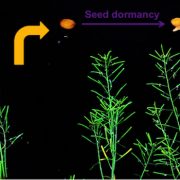
Making Seeds Sleep at the Proper Time
Research, The Plant Cell, The Plant Cell: In a NutshellLi et al. identify a module regulating seed dormancy in Arabidopsis. Plant Cell (2019). https://doi.org/10.1105/tpc.18.00449
By Xiaoying Li
Background: Grain crop production is important for human survival. Pre-harvest sprouting is a worldwide natural disaster that seriously affects crop yields…
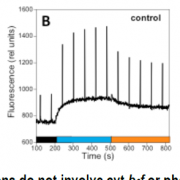
Shedding New Light on the Ancient Process of Photosynthesis in Cyanobacteria
Research, The Plant Cell, The Plant Cell: In BriefAll photosynthetic organisms, from cyanobacteria to flowering plants, must continuously adjust to changing light conditions to maximize photosynthetic efficiency while protecting their delicate photochemical centers. During photosynthesis, light energy is preferentially captured by photosystem I (PSI)…
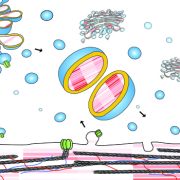
A peek at the polysaccharides contained inside specific plant vesicles
Research, The Plant Cell, The Plant Cell: In a NutshellIn a pioneering study, Wilkop et al. characterized the type of polysaccharide cargo transported in specific plant vesicles. Plant Cell (2019) https://doi.org/10.1105/tpc.18.00854.
By Destiny Davis, Thomas Wilkop, Michael Hahn, and Georgia Drakakaki, University of California, Davis
Background:…
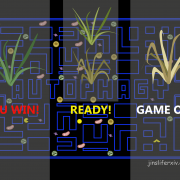
Review: Linking autophagy to abiotic and biotic stress responses (Trends Plant Sci)($)
Plant Science Research WeeklyAutophagy means “self-eating” in ancient Greek. It’s a process in which cellular components are delivered to lytic vacuoles to be reused. This recycling process promotes abiotic and biotic stress tolerance. In this review, Signorelli et al. highlight in detail plant autophagy in abiotic and biotic…
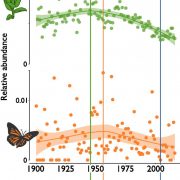
Century-old museum specimens predict a timeline for declines in monarch butterflies and their host milkweed (PNAS)
Plant Science Research WeeklyMilkweeds are often found in agriculture fields, and are susceptible to herbicides sprayed in such fields. A decline in milkweeds, which provide food for monarch butterflies, has been historically linked to the wide cultivation of herbicide-resistant genetically modified (GM) crops. Boyle et al. attempt…

BSL family members are employed by pathogen as “moles” in S. tuberosum (Plant Physiol)
Plant Science Research WeeklyTo secure food availability for the world population, plant scientists study the interactions between crop species and pathogens. Plants have robust defense strategies that they employ when attacked. On the other hand, microbes have multiple strategies to manipulate host functions to suppress these defenses…
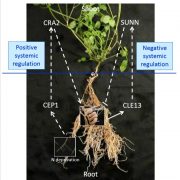
Independent regulation of symbiotic nodulation by the SUNN negative and CRA2 positive systemic pathways (Plant Physiol) ($)
Plant Science Research WeeklyAutoregulation of nodule development (AON) is a process by which leguminous plants control nodule development. SUNN, a LRR-RLK, and a systemic CLE peptide play a negative role in nodulation through systemic signaling. In this paper Laffont et al. showed the another systemic regulation of nodulation in…
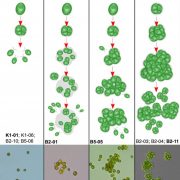
De novo origins of multicellularity in response to predation (Sci Reports)
Plant Science Research WeeklyMulticellularity has evolved independently many times in eukaryotes (e.g. land plants, fungi, animals). Predation is one driver that is hypothesised to lead to this evolution from unicellular ancestors. Here, using evolution experiments, Herron et al. demonstrate that the unicellular green algae Chlamydomonas…

